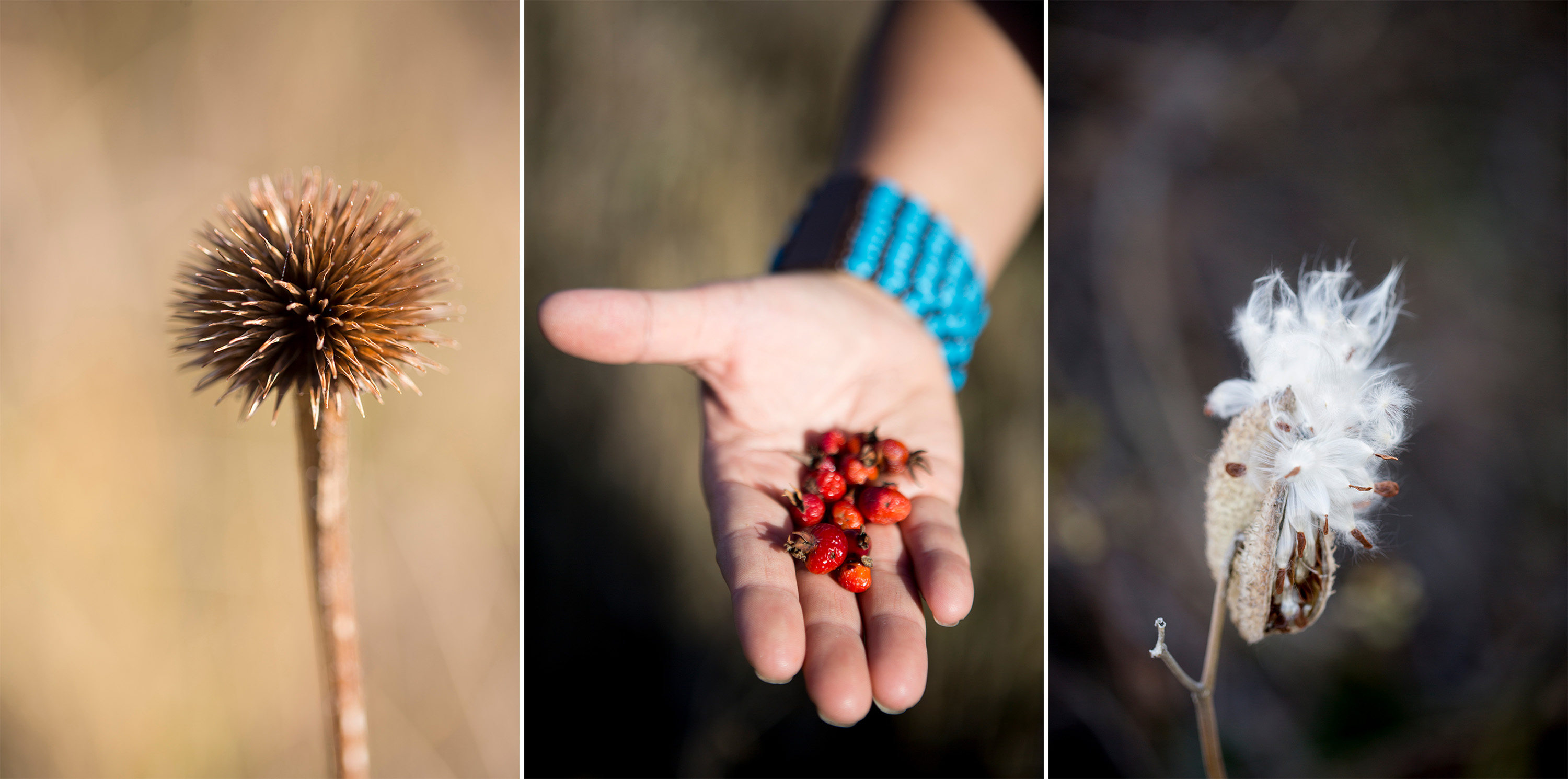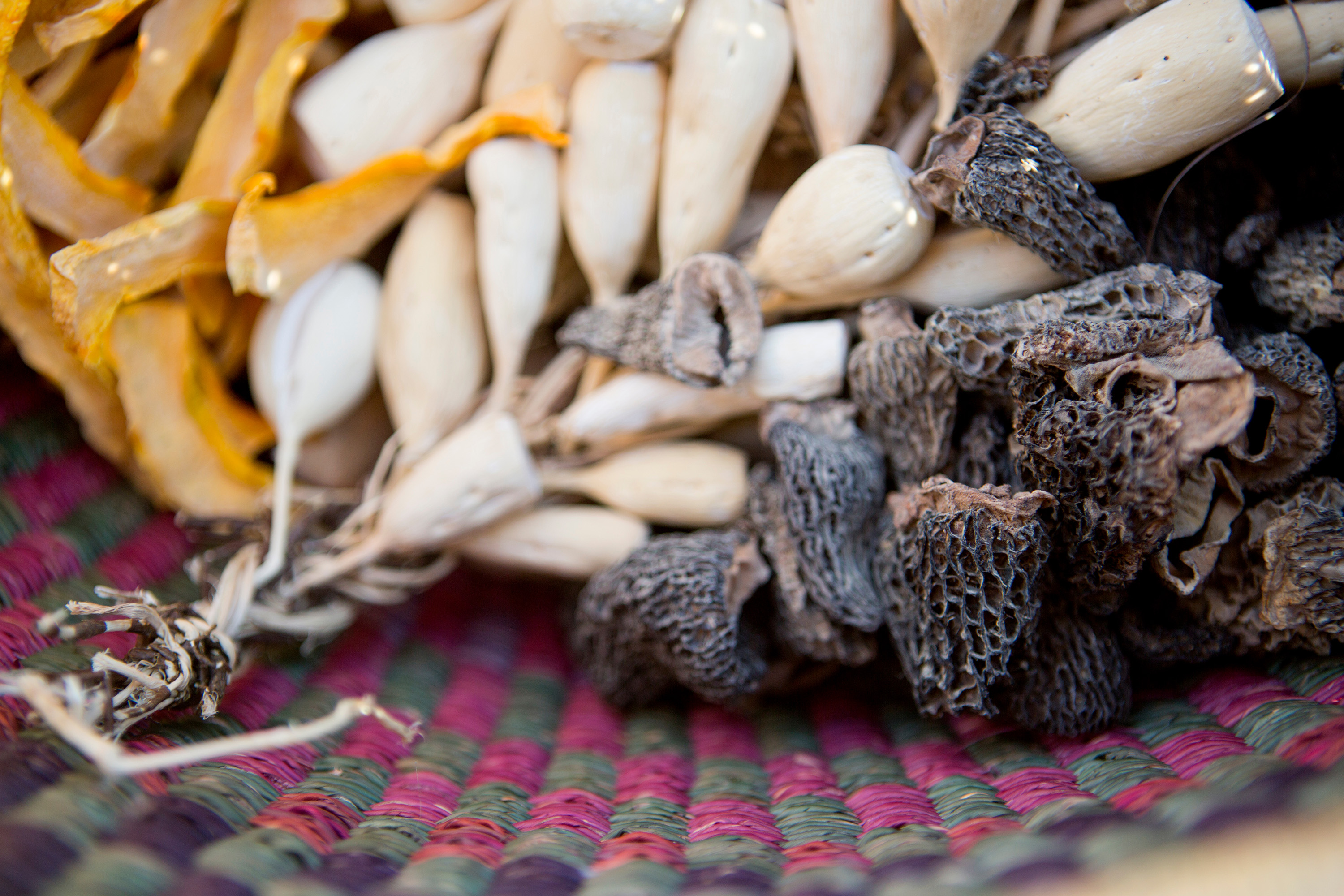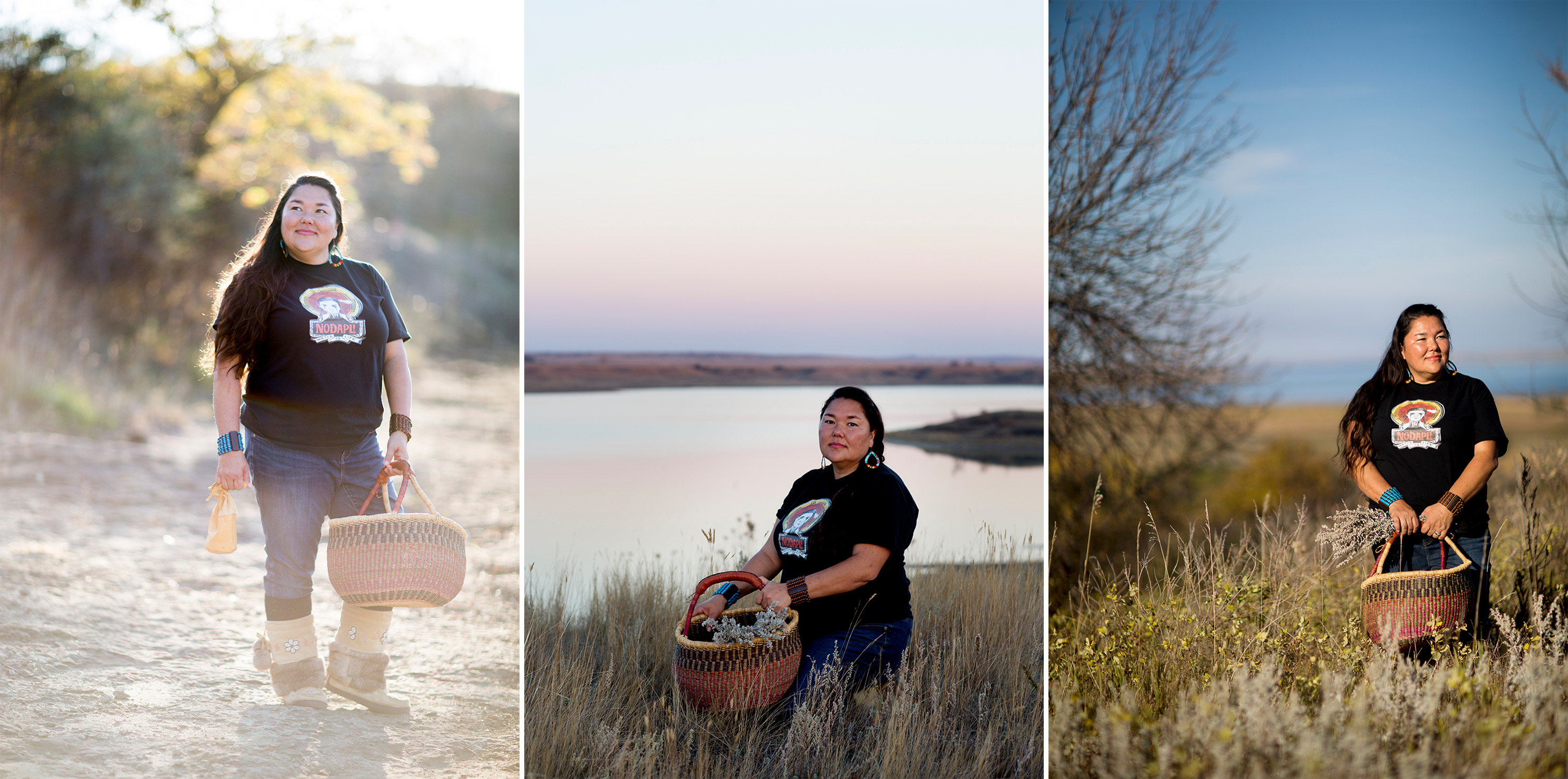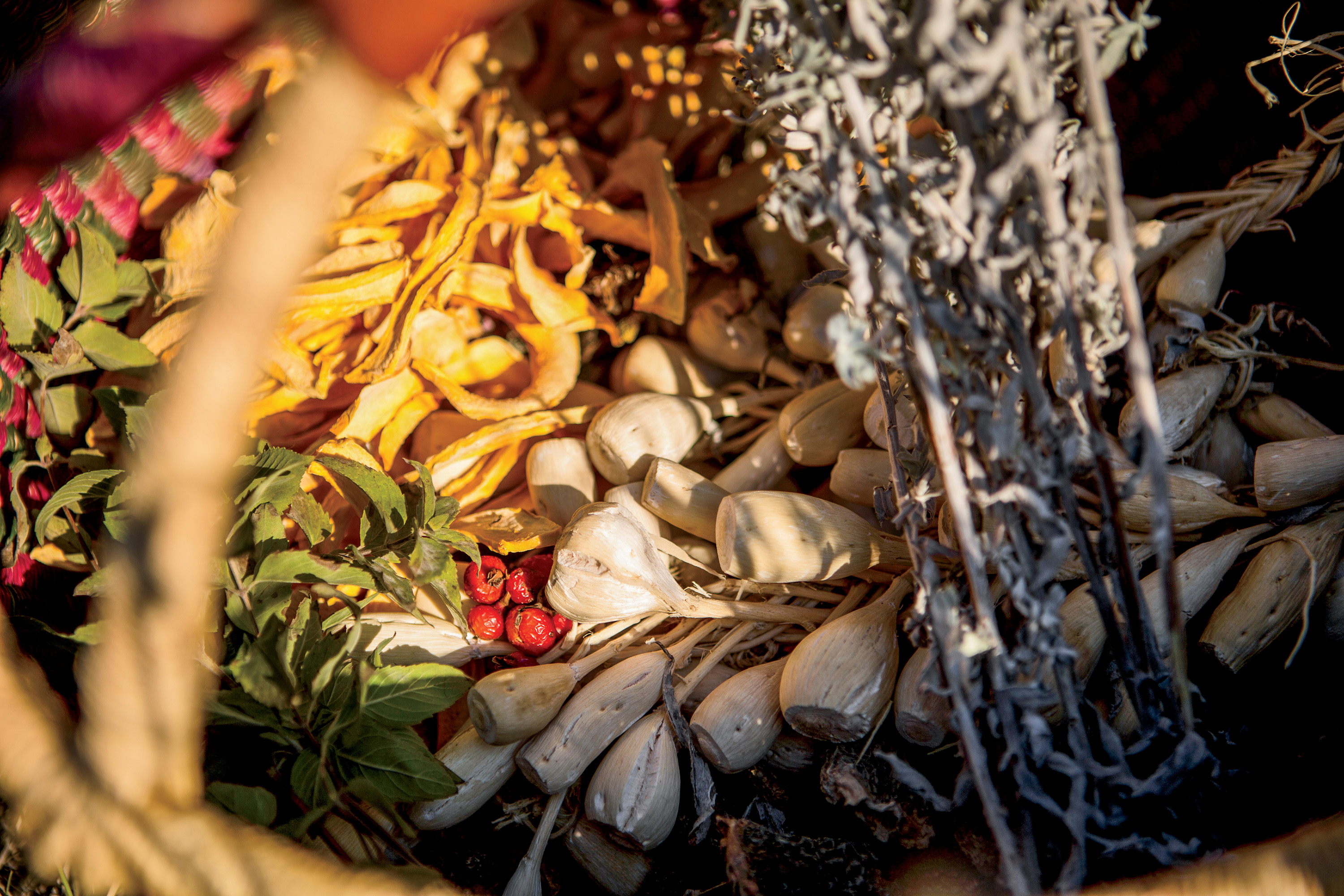Foraging culture isn’t new in many Native American communities. But ever since the recession, there’s been an explosion of interest nationwide: Blogs, Facebook groups, books, organizations like the Rewilding Institute, globally acclaimed restaurants using foraged ingredients, even a popular phone-application-based foraging guide, represent a new kind of root-and-tuber hunt — not an obscure hobby but part of a mainstream lifestyle.
- At least 50 percentof my daily meals are foraged. It depends on the time of year. Today, it’s 100 percent: pheasant with roasted breadroot, lamb’s quarters, or dandelion. My salt was gifted from a friend who lives near a salt mine.
- I hear a lot of people say environmental degradation is a reason we shouldn’t all forage — that there would be too many people doing it. I think that’s completely untrue.
- When you forage a particular plant, you always take less than half of what’s there, so that you’re leaving plenty of plants to go to seed to continue that population.
- In the northwestern United States, there’s a plant called blue camas. It’s delicious. When people stopped harvesting it, the camas populations plummeted. People thought their habitat was being destroyed, but it wasn’t just that: When Native women harvest camas, they take the largest bulb and replant the tiny ones. They’re propagating that plant for future generations.
- I have a friend who runs an indigenous restaurant in the Minneapolis area. His restaurant focuses completely on Native foods. It’s not all foraged, but it’s indigenous to this area. Why not make modern, fancy cuisine more local?
- When I teach, we go to places that my students have probably driven by a million times. I have a lot of students who used to think it was just grass — but if you actually get out of the car and look there could be wild foods just growing there.
- I follow a pretty serious set of protocols. I never harvest food when I’m crabby or angry.
- A lot of foraging books, I get the feeling that the author never actually did what they say I should do, or what they recommend — that they’ve never actually tried it.
- I’m Catawba, but I’ve also had a lot of different teachers over the years — Native and non-Native. Growing up, I was a huge plant nerd. I joined the mushroom societies wherever I was.
- You don’t have to eat food that’s had to travel 5,000 miles to reach you. I think it’s criminal that we’re forced to eat foods from so far away.
—Linda Black Elk, ethnobotanist, Buffalo Creek, South Dakota (as told to Julie Morse)









